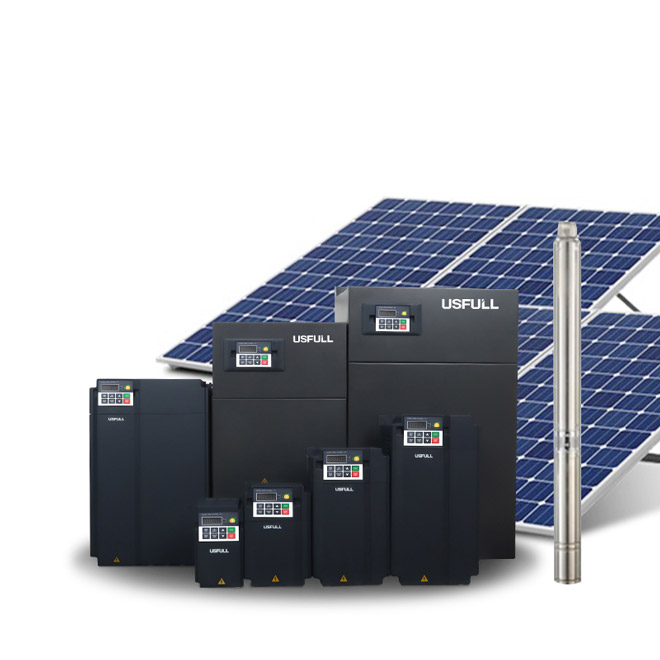China’s total national capacity of grid-connected PV power stations by the end of 2017 is expected to reach more than 100 GWs
According to the statistics from relevant “think tank” department, as of November 2016, the total accumulated capacity of China’s grid-connected photovoltaic/PV power stations had reached more than 76 GWs. Of this total, the newly installed capacity from January to October 2016 had already accumulated up to 30 GWs. Based on the current situation, the accumulated grid-connected capacity would exceed 76 GWs by the end of 2016. Analysts from PVMEN also estimate that the amount would be approximately 110 GWs by the end of 2018.
One other thing to note is that among current grid-connected power stations, many stations total a capacity of 5 GWs, both under construction and completed, have not received subsidies.
The total accumulated capacity in 2017 is about to reach 100 GWs
- The total designed capacity of PV power stations with subsidies in 2016 issued by the government is 23.83 GWs. And among the 5.5-GW LEADER projects, most have not started construction, except a 500-MW project located in Zhangjiakou. According to the rules, these projects need to be completed and connect to the grid by the end of 2017.
- As early as mid-October, the government launched the first batch of photovoltaic poverty alleviation projects totals a capacity of 5.16 GWs. But there’s no provision for the completion date in the document. So, there would be a considerable proportion of the projects needs to be extended to complete in 2017.
- Among the 12.6-GW designed capacity of general PV power stations in 2016, an approximate capacity of 5 GWs is going to be completed in the first half of 2017.
These three types of indicators of the grid-connected projects allocated in 2016 will be finished in 2017, with a total estimated capacity of about 15 GWs.
In accordance with established practices, the total capacity in 2017 will be inferred from the distribution of subsidy indicators in 2015 and 2016. Assuming 5 GWs for the general indicator, 5 GWs for the newly added LEADER projects, 5 GWs for the photovoltaic poverty alleviation projects and 5 GWs for the industrial and commercial distributed systems without subsidies, the newly added scale/capacity in 2017 will reach 20 GWs.
And actually there’re many power stations being built without receiving subsidies from the government, just like the 5-GW mentioned in the second paragraph. So, based on these data, the total national capacity of grid-connected PV power stations by the end of 2017 is expected to reach more than 100 GWs. Like that, it would not be hard to achieve 110 GWs by the end of 2018.
Moreover, the “green certificate” system in the energy field of China is probably to be implemented in 2017. Several large traditional power generation enterprises whose business has a sizable ratio of thermal power generation will focus on the development of renewables. Also as people’s understanding of renewable energy continues strengthening, there will be fierce competition in the distributed photovoltaic market.
The estimated capacity by the end of 13th Five-Year period
The 13th Five-Year Plan for Power Development issued recently has referred: “…the total capacity of solar power generation is to reach 110 million kilowatts or more by 2020, including more than 60 million kilowatts for distributed PV power generation and 5 million kilowatts for solar thermal power generation,” It is said that the forthcoming 13th Five-Year Plan for Energy and 13th Five-Year Plan for Solar Energy Utilization also require that photovoltaic power generation capacity should reach around 110 GWs, by the end of the 13th Five-Year period.
It should be stressed that the 13th Five-Year Plan only provides the basic goals of the development of PV power generation, not the upper limit requirements. Taking the example of the 12th Five-Year Plan, it required that by the end of 2015 the total capacity of solar power generation should reach 21 GWs; but in fact, solely, the actual amount of photovoltaic power generation was 43 GWs – which doubled the originally designed goal of all types of solar power generation.
So far, we can expect that the capacity by the end of the 13th Five-Year period (2020) will hit 150 GWs.




